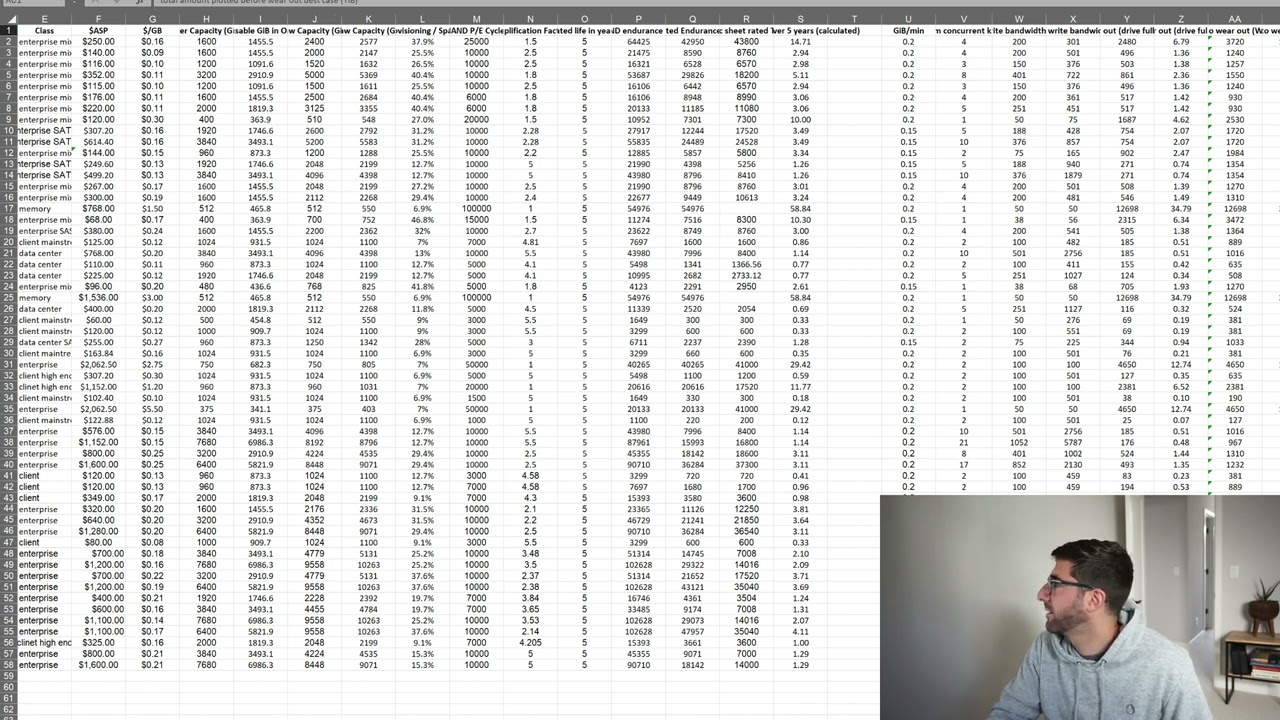That is not my understanding. I was under the impression that when trim is enabled, it actively trims data that is no longer active (been deleted). But you can ALSO schedule a trim job to run through and check things out. But this is over my head. So if you find more information, I’m interested.
As I mentioned, I don’t think this is the way this works, but I was just thinking about my situation and it doesn’t matter. Currently with the in a Storage Space, my bottleneck is the processor. So basically it is writing as fast as it gets data now. So even if I found a way to speed up my I/O, on this machine, it wouldn’t matter. I am interested to know if what you are saying is fact, but it won’t help me at the moment.
I am trying my best to get my head around this. So I watched a video about it. See the video below and if you want to skip all the technical stuff (which is really good) you can go directly to timestamp 18:20. It says that windows handle this by default and when a file is deleted, the trim command is sent automatically. He also mentions that playing around with the optimizations is good, but he doesn’t go into why/how.
Here’s the thing I don’t understand. If the OS sends the right TRIM instructions after every delete, then why on earth would we ever have to schedule a TRIM, and what are all those blocks it is releasing then every time I run it manually?
Don’t know. Would love to know. In my mind it sounds like the way defrag used to work. The system automatically would do a pretty good job of keeping the blocks organized. But if you wanted to run a manual defrag it would do a better overall job. But I just don’t know. What I do know is that I ran that command (the optimize command) you posted on one of my systems and plotting basically froze for about 30 minutes. Odd.

